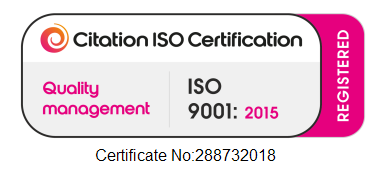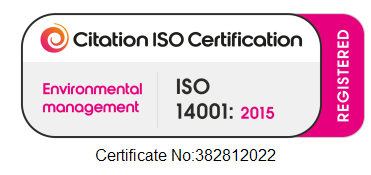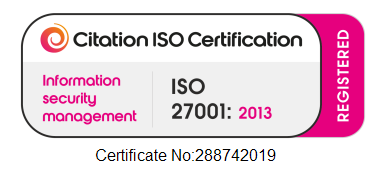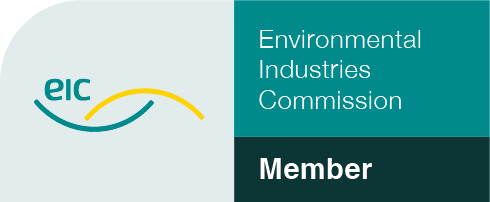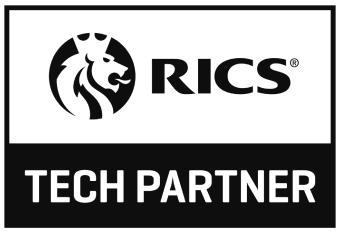
Mastering tall building design: Five tips to excel
What we'll cover:
- Site selection and context
- Safety first - structural integrity and sustainability
- Minding the micro-climate
- Aesthetics and cultural context – being neighbourly
- Communicating with stakeholders – better engagement makes better decisions
1. Site selection and context
Selecting a site and demonstrating how your scheme fits into and enhances its context are substantial tasks. A patchwork of regional and local planning policy in the UK requires up to date knowledge of policy and physical context for designers and developers to engage. The faster this knowledge can be assembled, interrogated and acted on, the more effective management of a project’s key risk – time – can be achieved.
Understanding and adeptly applying the context surrounding your project is essential for identifying opportunities. Complexity is increased, especially in London, because factors such as height are locally negotiable. They will reflect usual planning and private issues – density, daylighting, protected views, visual and environmental impacts on the context, rights to light, overshadowing, etc.
DID YOU KNOW? VU.CITY’s ability to visualise these constraints and opportunities for the development team, for planners, and for all stakeholders makes decisive moments in design consideration more accessible and quicker. It is a powerful tool for negotiating and driving an iterative process.
2. Safety first - structural integrity and sustainability
The Building Safety Act 2022 became law on 1 October. It created three new bodies to provide more intense oversight of its new regime – including the Building Safety Regulator (BSR). The BSR has a special focus on high-rise buildings and oversees the safety and performance of all buildings. Residents will have a new right to raise safety and other quality issues with the BSR, making it imperative developers and designers can demonstrate a tall building is safe and of an appropriate quality. These qualities will be assessed at the pre-planning stage too, and resolved in detail as the design progresses.
The increasing need for tall buildings to demonstrate their safety and sustainability credentials and how elements of a proposed building deliver these will also form part of what the BSR certifies as the building’s agreed specifications. Aspects of these issues will be considered and agreed in the planning process beforehand.
3. Minding the micro-climate
Micro-climate analysis in a 3D city planning platform enables a visual demonstration of the impact of a proposal as it interacts with light and weather, at any time of the day or year. This enables optimum placement of windows, balconies, landscaping elements and the impact on the public realm. Wind, daylight, street lighting at night, overlooking, views from specific points, from inside key rooms, can all be demonstrated, and help in the creation of developed imagery demonstrating these effects.
4. Aesthetics and cultural context – being neighbourly
You need to persuade your stakeholders to understand why you’ve made the decisions that led to a scheme with aesthetics that align with the local context. For example, VU.CITY can help you explain the roots of ideas, the evidence-base you’ve considered, their evolution and final expression. You can incorporate local economic and cultural data, while simultaneously explaining how your building’s materiality and appearance relate to the local physical, social, economic and cultural context.
It will be essential to demonstrate a positive relationship with the surrounding physical context and neighbouring buildings. Your architecture will need to stand out from the crowd and to justify its privileged form in the cityscape – which increases as we look higher up the building to the silhouette it makes on the skyline. The top of the building will be particularly important. As will the way in which your proposal integrates with the streetscape.
5. Communicating with stakeholders – better engagement makes better decisions
Before, during and after the planning process, there is the need for collaboration and consultation on all aspects of a proposal to generate and hone a story, or stories, that capture decisions and outcomes to generate support and interest. VU.CITY has a ‘Presenter Tool’ enabling you to bring together all or selected elements of your story to stakeholder audiences on a journey of understanding and help improve project outcomes. And a ‘Hub’ function to share ideas with the whole team, or with stakeholders.
- If you want know more about how VU.CITY can help, click here
- Interested in learning more? Find more of our content here
- Book a demo to speak to one of our experts.
Join the Community
Updates, business insights, webinars and more.
Google Privacy Policy and Terms of Service apply.










